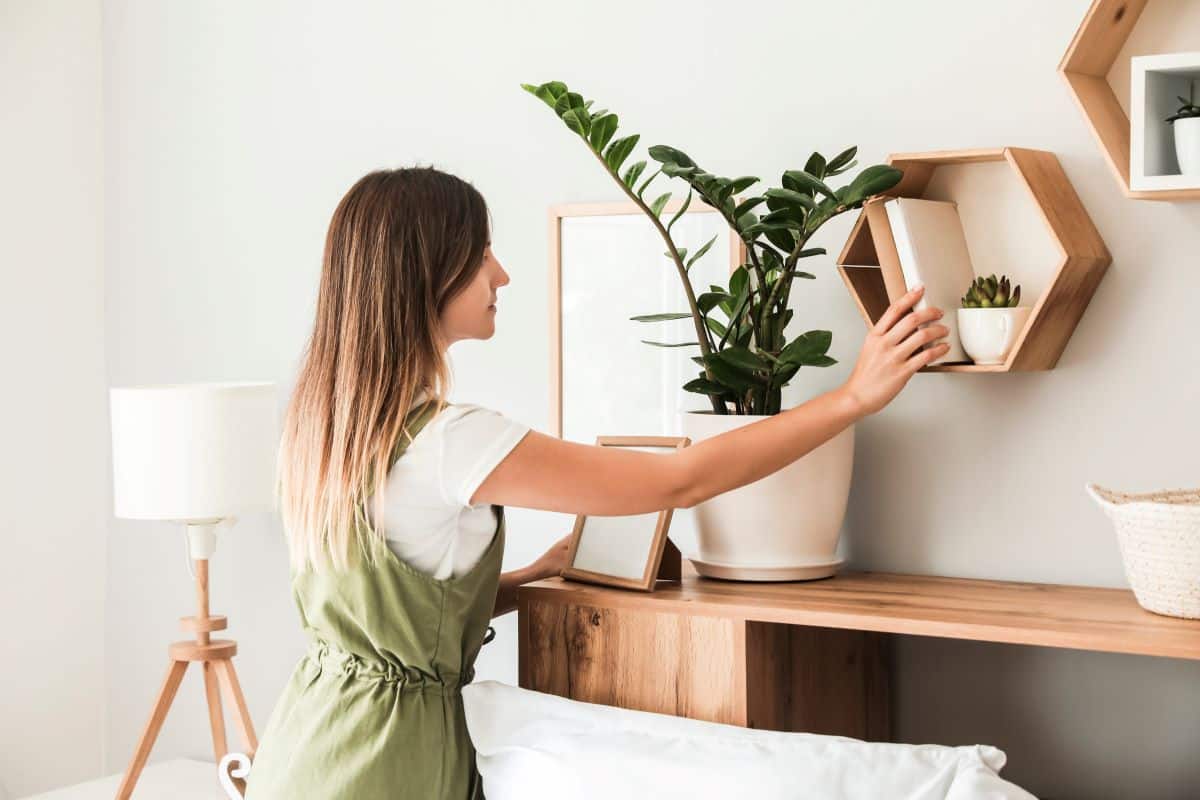Creating a welcoming environment for individuals with autism can greatly enhance their comfort and well-being. Whether you’re accommodating kids, grandkids, newly diagnosed friends or loved ones, these tips can help make your home a sanctuary of calm and support. Get prepared.
1. Establish Routine Spaces

Designate specific areas for daily activities like eating, studying, and playing. This helps create predictability and reduces anxiety for everyone.
2. Use Soft Lighting

Avoid harsh lighting and opt for soft, adjustable options. Dimmable lights and natural lighting can help create a soothing atmosphere.
3. Reduce Noise

Minimize loud noises by using rugs, curtains, and acoustic panels. These can help absorb sound and make the environment more comfortable.
4. Create Sensory Zones

Designate quiet sensory zones with soft textures and calming elements. These spaces provide a refuge for anyone needing to decompress.
5. Implement Visual Schedules

Use visual schedules to outline daily routines. This helps everyone understand what to expect and reduces stress.
6. Choose Calming Colors

Opt for calming color schemes like blues, greens, and neutral tones. These colors can create a serene and less stimulating environment.
7. Provide Sensory Toys

Keep a variety of sensory toys and tools available. Items like fidget spinners, stress balls, and sensory bins can help with self-regulation.
8. Install Safety Features

Ensure your home is safe by adding locks to doors and cabinets, covering electrical outlets, and securing heavy furniture. This helps prevent accidents and provides peace of mind.
9. Use Soft Textiles

Incorporate soft textiles such as plush rugs, blankets, and pillows. These can provide comfort and sensory input.
10. Minimize Clutter

Keep your home organized and clutter-free. This reduces distractions and helps create a more calming environment.
11. Incorporate Aromatherapy

Use essential oil diffusers with calming scents like lavender and chamomile. Aromatherapy can help reduce anxiety and promote relaxation.
12. Set Up a Calm-Down Area

Create a calm-down area with items like bean bags, weighted blankets, and soft lighting. This space can be used for anyone needing a break from sensory overload.
13. Visual and Social Stories

Send visual and social stories ahead of time to explain the visit and what to expect. These can help prepare guests for the new environment and reduce anxiety about the unknown.
14. Predictable Schedules

Share a predictable schedule of activities during the visit. Knowing the routine in advance can help everyone feel more comfortable and secure.
15. Personalized Welcome

Prepare a personalized welcome kit with favorite snacks, sensory toys, and comforting items. This shows thoughtfulness and provides immediate comfort.
16. Quiet Time

Plan quiet times throughout the day to allow for rest and recovery. This helps prevent sensory overload and ensures everyone has time to recharge.
17. Engaging Activities

Provide engaging, low-stress activities like puzzles, drawing materials, or sensory play. These activities can keep everyone entertained and relaxed.
18. Communication Tools

Have communication tools like picture boards or speech apps available. These can help facilitate interaction and ensure everyone can express their needs.
19. Safe Outdoor Space

Ensure you have a safe outdoor space for breaks and physical activity. Fresh air and movement can be beneficial for everyone.
20. Routine Reviews

Review routines and schedules regularly to ensure they are still effective. Flexibility and adaptation are key to maintaining a supportive environment.
21. Sensory-Friendly Seating

Offer a variety of seating options like rocking chairs, bean bags, or floor cushions. Different seating can provide the comfort needed for various sensory needs.
22. Positive Reinforcement

Use positive reinforcement to encourage and reward good behavior and accomplishments. This builds confidence and creates a positive atmosphere.
Ready to Welcome Your Loved Ones?

By implementing these tips, you can create a more autism-friendly home that accommodates everyone’s needs. What changes will you make to ensure your home is a welcoming, supportive space for your neurodiverse loved ones?
Featured Image Credit: Pexels / Pixel-Shot.
For transparency, this content was partly developed with AI assistance and carefully curated by an experienced editor to be informative and ensure accuracy.





